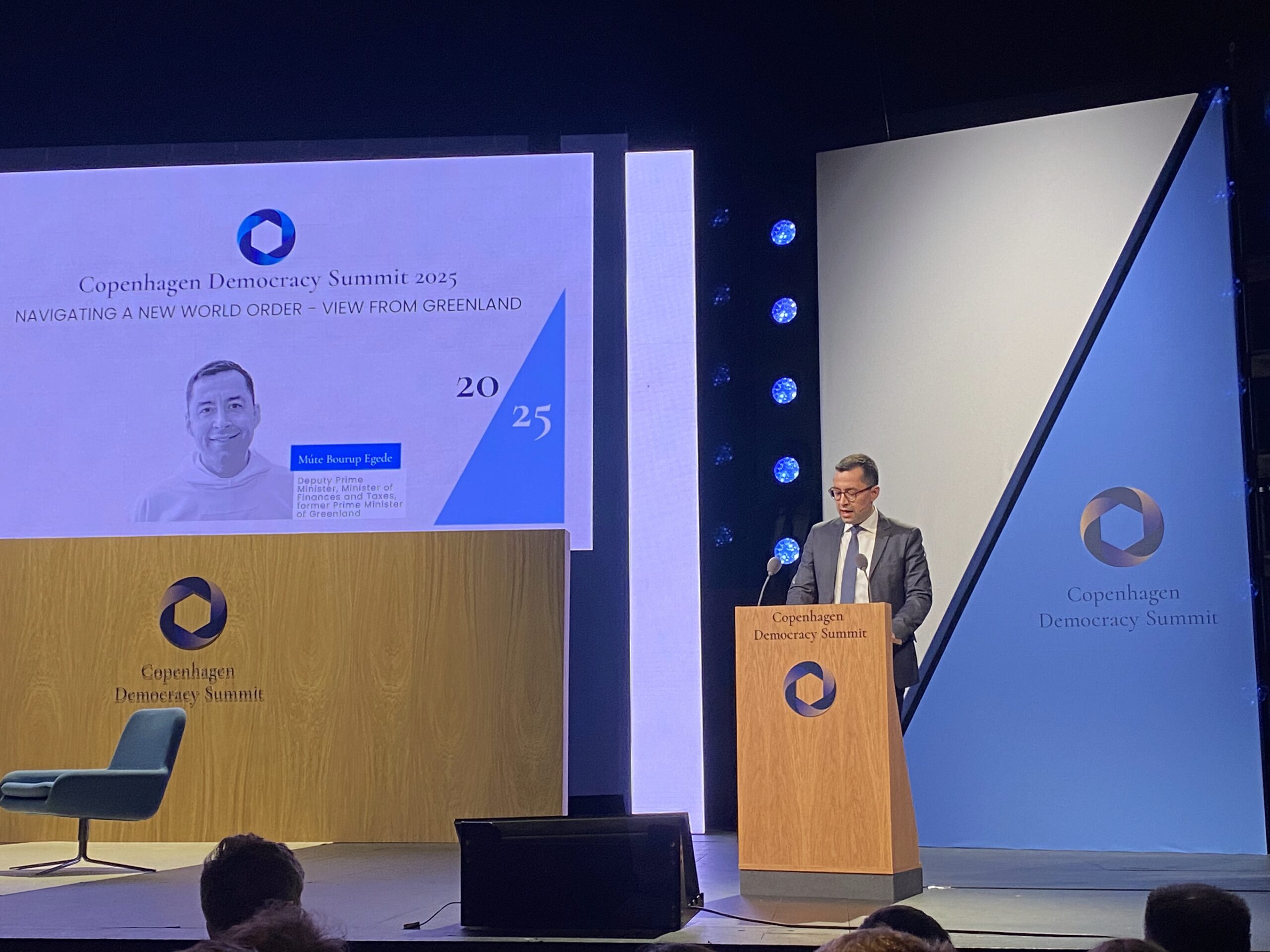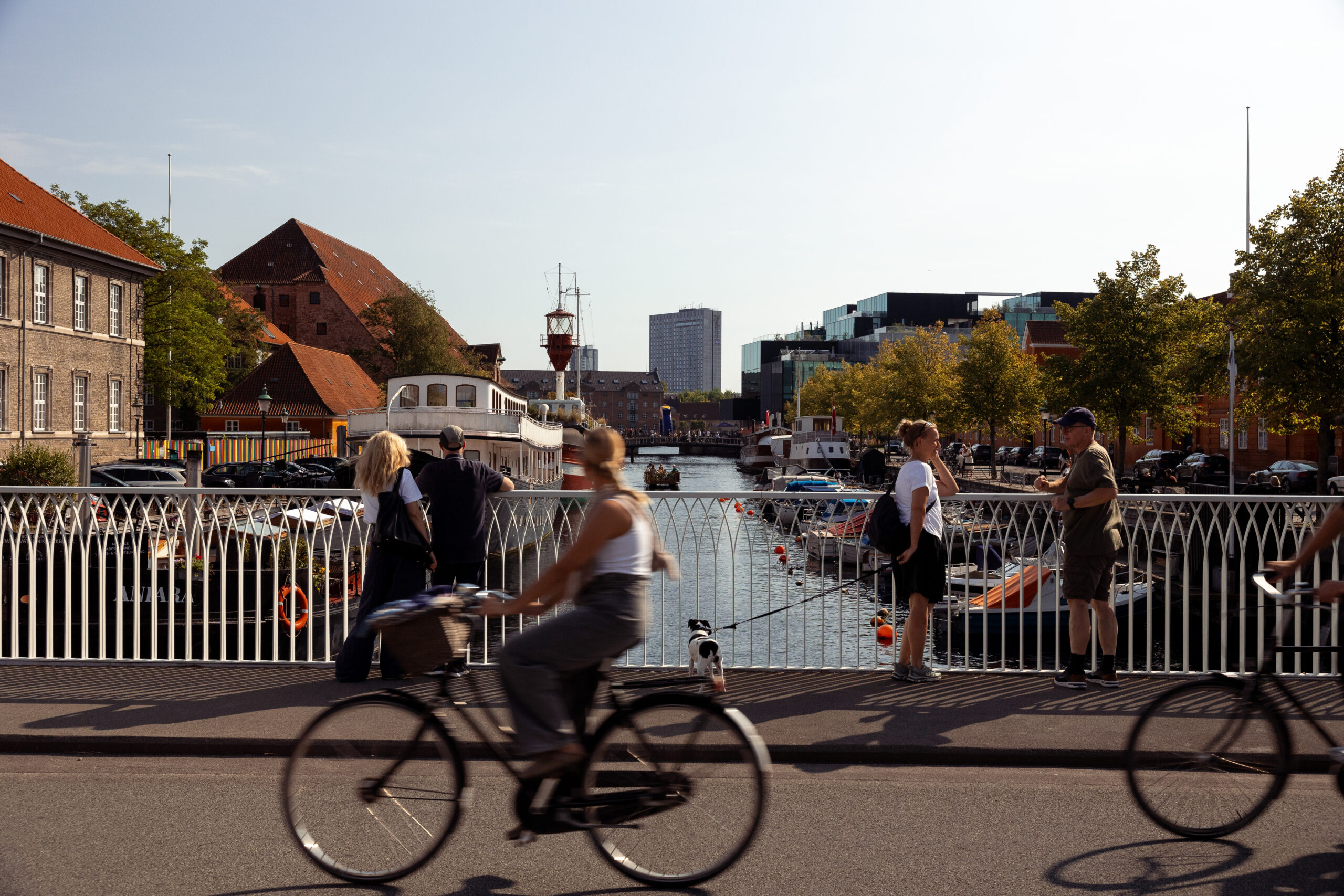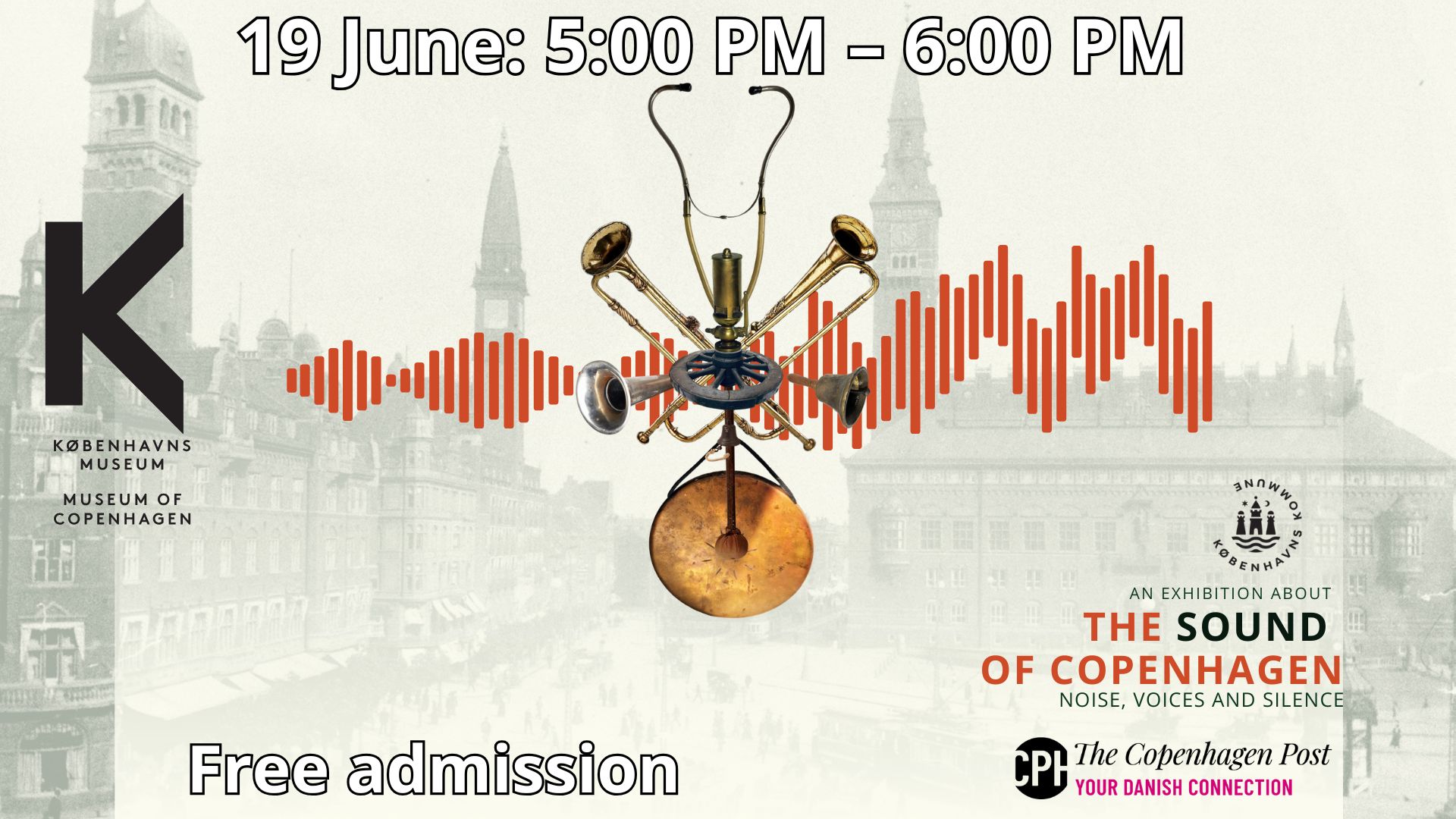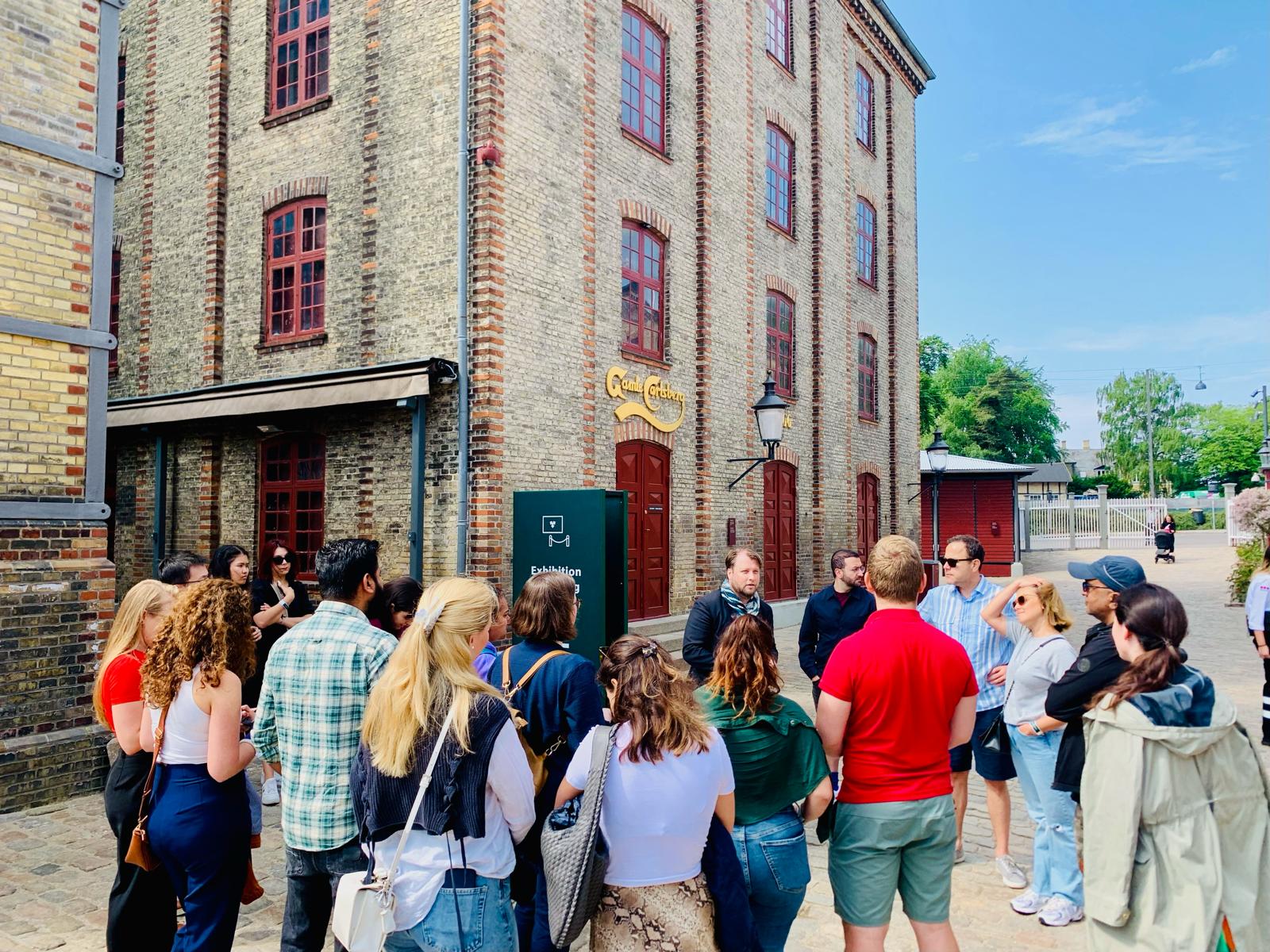The police have said the public’s willingness to purchase stolen goods directly contributes to Denmark’s standing as one of Europe’s most burglary-ridden countries.
“As long as there are those who are prepared to buy used smartphones, jewellery or designer furniture, there will be those who are willing to steal them,” Christian Østergaard from South Jutland Police told DR Nyheder.
Billions of kroner in contraband
About 35,000 Danish homes are broken into each year. The thieves make off with furniture, jewellery, computer equipment and other valuables worth over a billion kroner, and many of the stolen items end up in another Danish home.
“While we are complaining about the high number of break-ins, we should remember why they happen,” said Østergaard. “It is because someone is willing to buy the stolen property.”
The internet has become the market square for thieves. Danes spend billions of kroner on second-hand goods online every year. Østergaard said a large proportion of those items were stolen from Danish homes, institutions and companies.
“It’s easy to sit at home in front of a computer and transfer money without actually having to confront a thief,” he said. “If it wasn’t so easy to fence stolen property, thieves would target cash.”
Know thy seller
Police around the country and the crime prevention group Kriminalpræventive Råd are co-operating in a campaign to make consumers aware they are part of the problem when they buy stolen goods.
“Buyers should meet the seller face-to-face, and not just in some random parking lot,” Østergaard said. “Check out who they are and go where they live.”
According to a Eurostat report, Denmark has the second highest level of burglaries per capita of all European countries. Only Greece has more.
READ MORE: Police abandon nine out of ten burglary cases
Compared to neighbouring countries, there are four times more break-ins per capita in Denmark than in Sweden and Norway, and six times more compared to Germany.














